

WASABI WALLET
Wasabi is an open-source, non-custodial, privacy-focused Bitcoin wallet. It is a piece of software that runs on your computer and helps you to manage your bitcoins. Although Wasabi has some very advanced magic under the hood, it is rather easy to use. You can generate a new set of private keys, or import already existing ones. With Wasabi you can receive bitcoins into your full control, and you can send them to someone else without needing permission from any other person or entity. There is also a powerful CoinJoin feature to help obfuscate your transaction history. You can use Wasabi to manage your hardware wallet, and it even connects to your own full node. Of course, Wasabi is libre and open-source, which means you have full control over the software you manage your money with.
What is Coinjoin?
Using Bitcoin (relatively) privately is a skill that everyone should learn. CoinJoin is an anonymization strategy that protects the privacy of Bitcoin users when they conduct transactions with each other. Coinjoin requires multiple parties to jointly sign on an agreement to mix their coins when engaging in separate Bitcoin transactions.
This makes it harder for outside parties to determine which party or parties were making a particular transaction. Wasabi Wallet is probably the easiest way to use CoinJoin today. Wasabi is a desktop GUI that makes CoinJoining your BTC a breeze.
A good practice to consider is whenever withdrawing from a cryptocurrency exchange, send your BTC to Wasabi, CoinJoin them, and then withdraw them in chunks to cold-storage. Otherwise, your exchange will know how much BTC you have and where you have it.
Much more has been written on this subject that is beyond the purview of this guide. You should visit the .
Now, How to Do a Coinjoin
Install Wasabi Wallet on your desktop, open the application, and click the tab that says “Generate Wallet” on the top left .
Next, backup your private keys offline!
Wasabi Wallet will prompt you to test your password, type it in, confirm it works, and you are good to go. If you did this right, you will get the following message on the bottom of the interface.
Go back to the main screen and click “Load Wallet” and select the new wallet you created from the list (which will only have one choice at this time).
Click the RECEIVE tab, create a label for your transfer, and generate a new . Wasabi receive addresses will always begin with “BC1”
Send yourself at least 0.1 BTC to the generated address so you have enough to mix. Once Wasabi receives the broadcast of your transaction, your receive address will disappear.
Do not be alarmed, this is to discourage address re-use, which is bad for privacy. In fact, when you get used to Wasabi, you will feel confident seeing your address disappear, as this means your BTC is safely on its way to your Wasabi Wallet.
Now, you can see I have 0.1 BTC in this wallet.
Now for the magic, click the “CoinJoin” tab on the top left, select your transaction, type in your password, and select
“Enqueue Selected Coins”
Congratulations, your BTC is prepared for the next round of CoinJoin which takes place many times per day. You can leave your Anonymity Set at 50 as default. For more about that, read the Wasabi Wallet FAQ linked above.
Leave your Wasabi Wallet open and connected to the internet for a few hours to give it time for your CoinJoin to process, and for your fresh CoinJoined BTC to arrive back in your wallet.

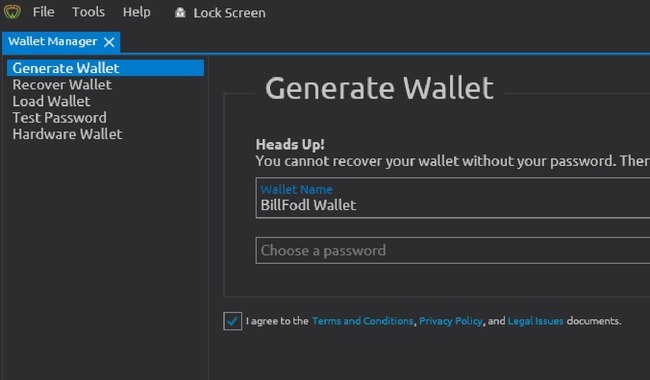
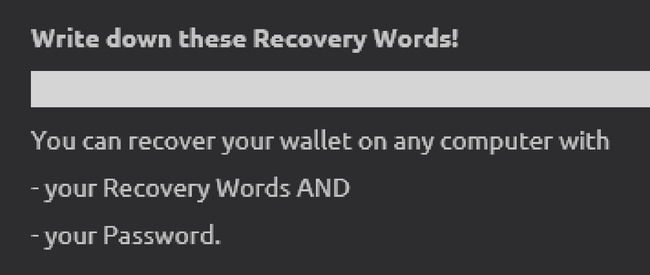
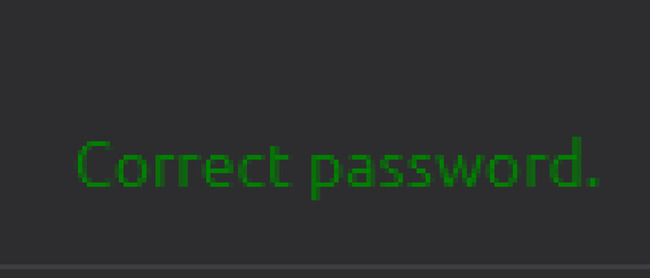


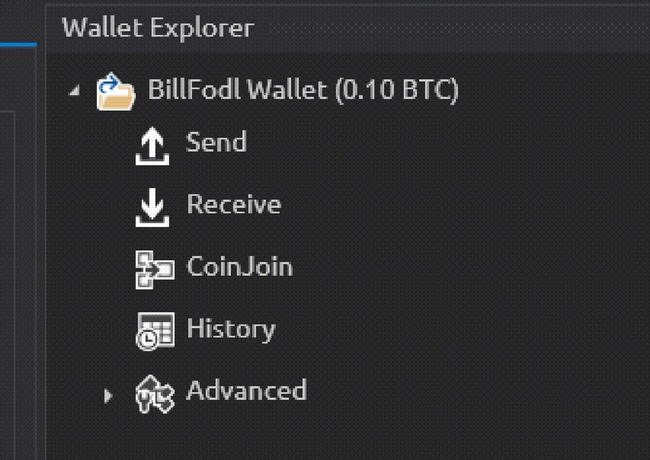
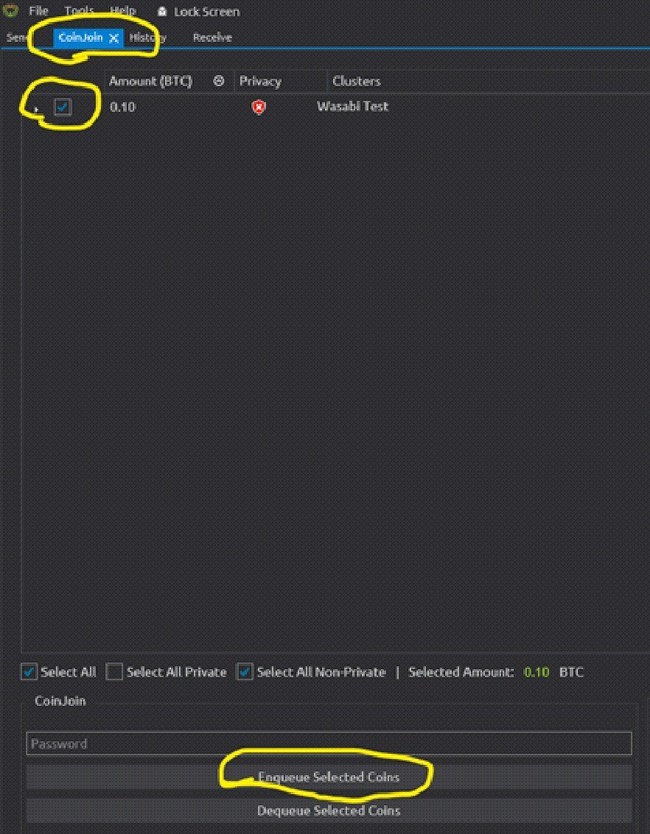
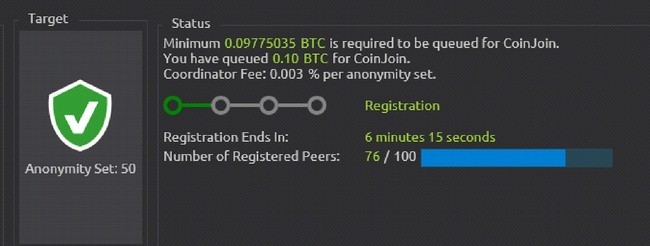




4 Comments So far